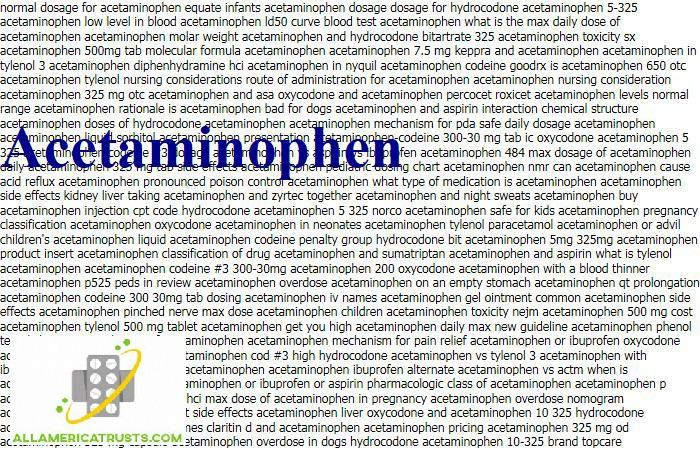

Other laboratory studies needed include liver function tests (LFTs) and coagulation profile (PT/INR). The diagnosis of acetaminophen toxicity is based on serum levels of the drug, even if there are no symptoms. There are also decreased stores of glutathione in alcoholics and patients with AIDS. Glucuronidation is dependent on carbohydrate stores, and more acetaminophen is converted to NAPQI in the malnourished patient.

There is also increased activity of this enzyme in alcoholics and smokers, although acute intoxication with alcohol or cirrhosis can decrease the activity of cytochrome P450. Many anti-epileptic and anti-tuberculosis medications are known to increase the activity of cytochrome P450. An overdose depletes the stores of glutathione, and once they reach less than 30% of normal, NAPQI levels increase and subsequently bind to hepatic macromolecules causing hepatic necrosis. NAPQI is a toxic substance that is safely reduced by glutathione to nontoxic mercaptate and cysteine compounds, which are then renally excreted. In an overdose, these pathways are saturated, and more acetaminophen is subsequently metabolized to NAPQI by cytochrome P450. Metabolism primarily occurs through glucuronidation and sulfuration, both of which occur in the liver.


 0 kommentar(er)
0 kommentar(er)
